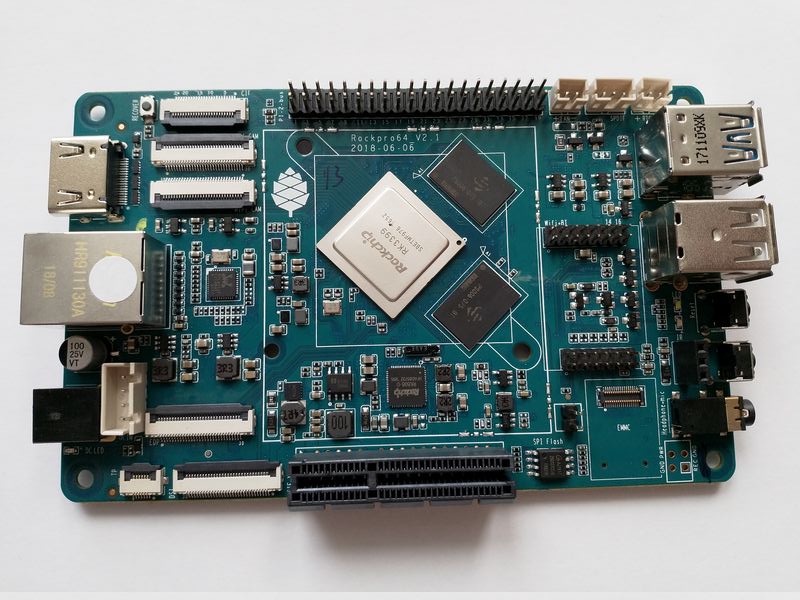Mainline 5.4.x
Images
2
Beiträge
1
Kommentatoren
408
Aufrufe
-
5.4.0-rc1-1120-ayufan released
- ayufan: defconfig: enable DRM_PANFROST/DRM_LIMA
Quelle: https://github.com/ayufan-rock64/linux-mainline-kernel/releases/tag/5.4.0-rc1-1120-ayufan
-
Bootet bei mir weder von USB3-SSD noch von SD-Karte.
USB3-SSD -> https://pastebin.com/QAS92sme
SD-Karte -> https://pastebin.com/Bsr3WLJ7
-
-
WLan auf der Konsole einrichten
Angeheftet Linux -
-
-
-
-
-



